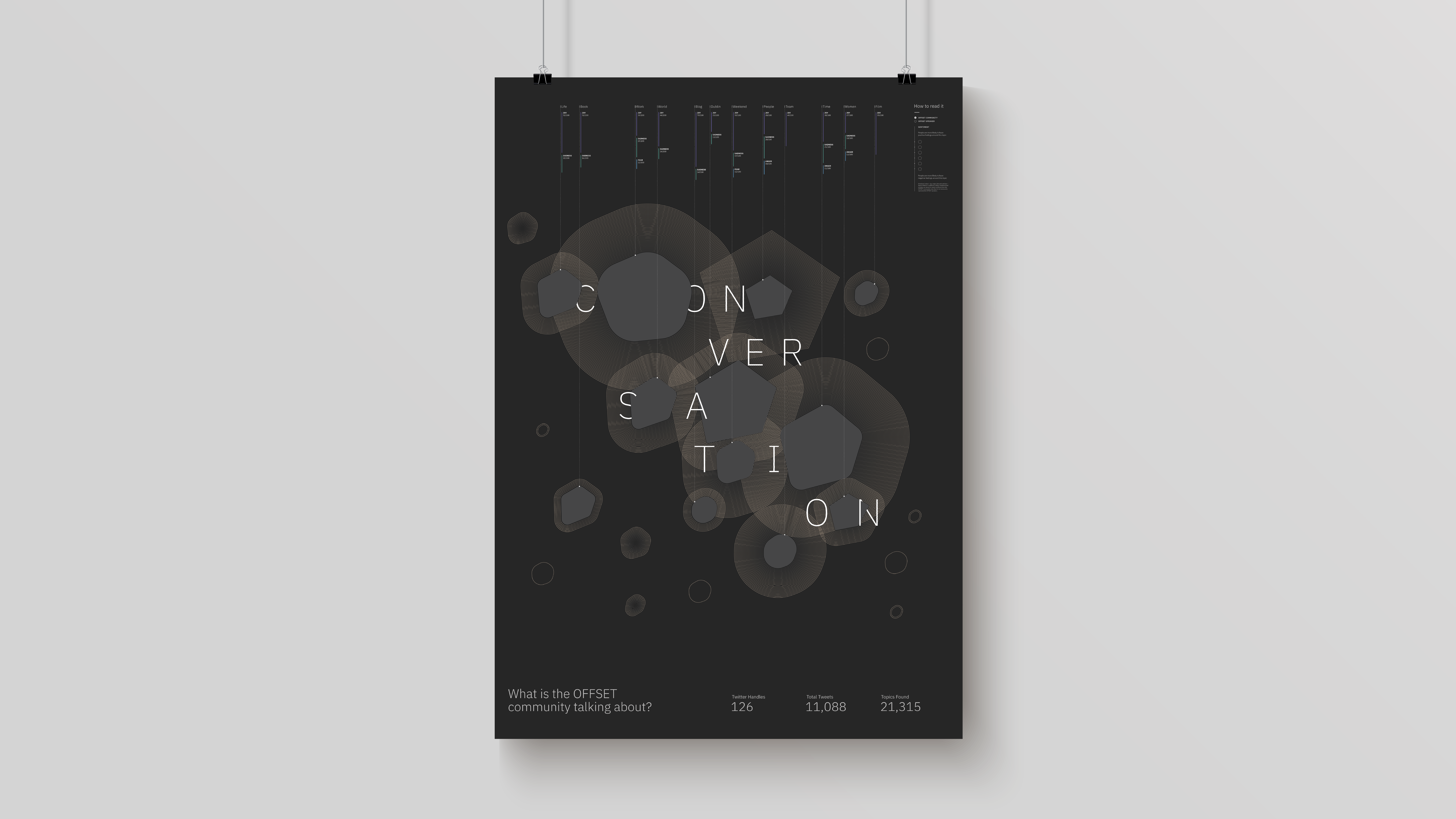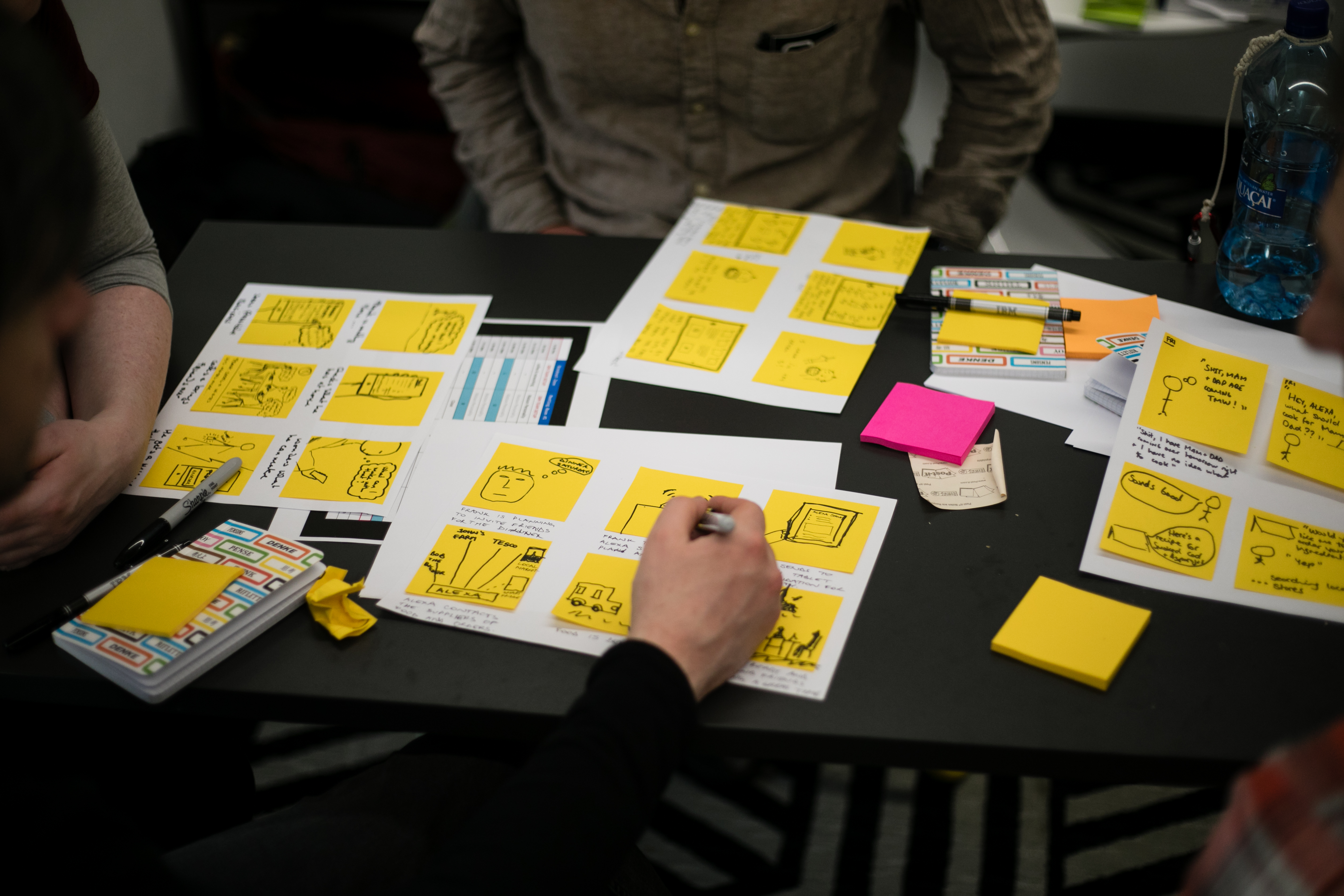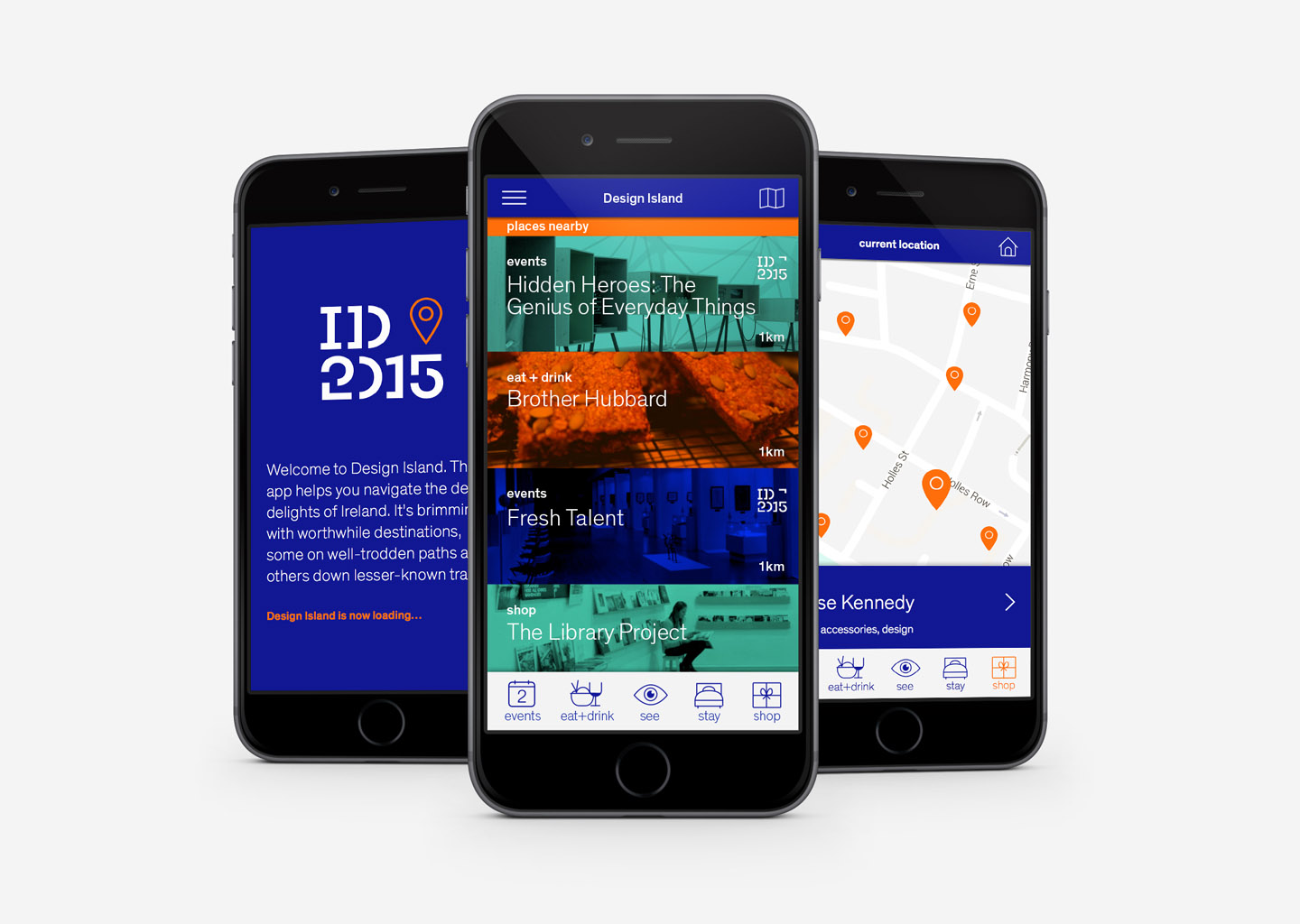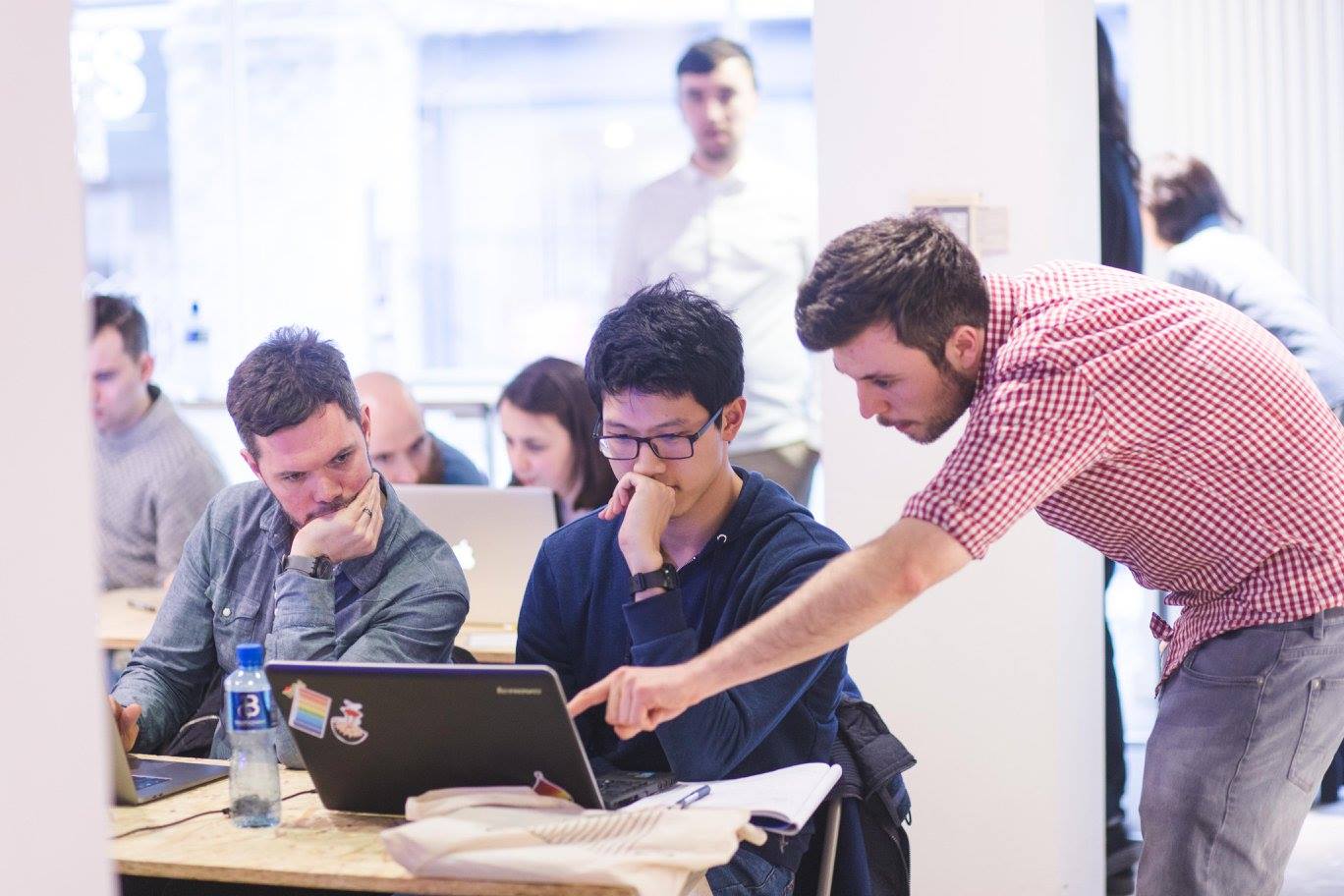Next up in on our Designer as Collaborator series, Simon Finney gives us an insight into front end development and UX design at IBM. Based at IBM Studios Dublin, Simon is the front end development practice lead for the IBM Security portfolio.
Hi, Simon! Can you tell us a little bit about your path to IBM? What did you study and where did your career begin?
I've been working in the technology industry for roughly 7 years, since 2012. Prior to this, I studied my undergraduate in Creative Computing at the Institute of Art, Design, and Technology (IADT), Dun Laoghaire, and returned in 2015 to receive my master's degree in User Experience Design.
Throughout my career, I've had the great opportunity of being able to assume a number of diverse roles, working with organisations of varying sizes — During my undergraduate, I started off as a freelance web designer serving at first small business owners and later down the line the public sector.
From there, I spent some time gaining product development knowledge and practical experience as a full stack engineer in a number of Dublin-based software companies, before finally landing in my current role at IBM where I've been sitting within the design organisation for just a little under 5 years — my day-to-day consists of leading front end development as a legitimate discipline and practice on my design team, and also operating as an agile coach and facilitator for a globally-dispersed cross-functional product team.

What attracted you to the discipline of design, in particular UX?
I had always been attracted to the ethos of the web as I was growing up with it, so throughout my undergraduate I ventured down the path of specialising in modules that focused on the principles of software engineering and web technologies, as well as the core principles of design, like colour, layout, and typography. At the time, I got a huge sense of achievement out of being able to construct something interactive and somewhat visually appealing while also being able to define exactly how that element should respond to human interaction based on the context provided to it.
It wasn't until I began conducting informal user interface testing amongst my peers that I truly acknowledged user experience (UX) design as a deep and complex discipline in its own right. Up until that point, I had been getting enough satisfaction from the challenges of architecting clean, performant, and testable front end code. Discovering UX design opened the door to a far more interesting challenge — the human aspect of it.
I learned quickly that it didn't necessarily matter what was under the hood of your product as there was far more value to be gained when the people using it were able to interact with it consistently and efficiently, and that their experience was a positive one.
As a formally trained front end developer and UX designer, what is the benefit of speaking both the language of engineering and design?
As the question suggests, I spend the majority of time in my current role straddling the sometimes different and often varying worlds of engineering and design. The value that our team of front end specialists delivers to the design organisation is a diverse breadth of formal experience in web development, a vast amount of technical competency and knowledge in web technologies and tooling, and an always-learning Swiss Army Knife of skills. These can be leveraged as effective communication tools throughout the design process for greater interdisciplinary understanding of technical requirements as well as pushing those boundaries to their limits.
Within our business unit, our front end specialists are also embedded within cross-functional product teams working on production code. It's in this role that the opposite to the above occurs — front end specialists are crucial in ensuring that the core principles and values of design are both advocated for and communicated to engineering teams, while also being responsible for contributing towards bringing the experiences envisioned by the design team to life.

IBM is such a huge company with employees dispersed across the globe. How do you ensure successful collaboration when working at this scale?
The team I currently coach and facilitate spans across 6 geographically-distributed locations and covers 4 different time zones — as we're a cross-functional team, we have team members that can fall within either the design, engineering, or offering management organisation.
Due to the varying time differences, not only is time scarce on each individuals' calendars in a given working day, but the team also needs enough time to be able to get stuck in and do sprint work without working every hour in the day. Despite the remote nature of the role, we as a team remain committed to operating within the boundaries of an agile cadence.
Leveraging an agile framework provides the team with the ceremonies and time-boxing to continuously inspect and adapt our process, but the success of this is entirely dependent on the commitment and engagement of the team — we've found that informal communication, self-organisation, and trust in your colleagues, coupled with always evaluating and adopting collaborative tooling that enables productive and seamless remote teamwork as being indispensable when it comes to working on such a global scale.

Finally, what do you think is the most important skill for creatives today?
I can only speak to my experiences, but I think this could apply to anyone — I would say that the technical proficiency that an early-career professional is formally trained in tends only to get them into the door of their place of employment, where the real learning commences. From there on, it's the enthusiasm and willingness to learn from their experiences and continuously improve that I feel truly helps them grow.
Working in a large organisation, I feel that a lot of where the challenge lies is in international and interpersonal collaboration and communication, as opposed to trivial challenges related to craft — as long as you're practicing your craft every other day, which I feel most front end specialists would, it's almost impossible to lose touch of that spark. With that in mind, if you can learn how to truly collaborate both efficiently and empathetically with your clients, colleagues, etc. then I believe you're going to naturally do great work.
